![What is I/O? [Types, Examples, & Methods]](/media/new_post_images/What_is_I_O.webp)
What is I/O? [Types, Examples, & Methods]
In computing, I/O stands for Input/Output. It refers to the communication between a computer and it…

Top 10 Functional Programming Languages You Must Know
Among the programming paradigms, functional programming is one that makes code easy to understand b…

What is Booting? Know What Happens When a Computer Turns On
Whenever you want to use your computer, you generally turn it on, prеssing the power button. But ha…
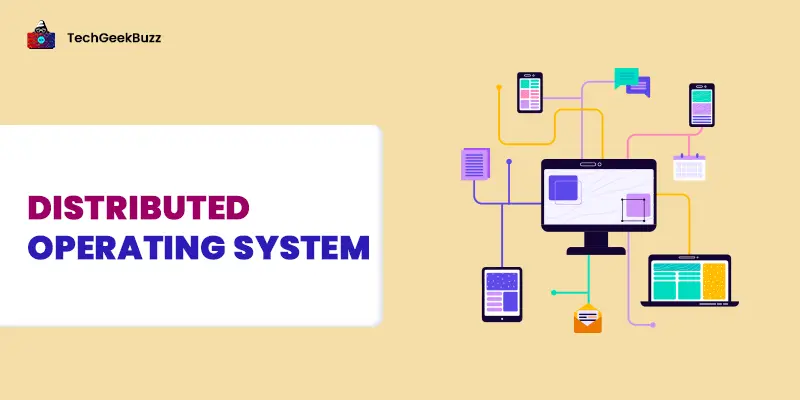
Distributed Operating System - Features & Applications
A distributed system is a computing environment that combines multiple computer systems and softwar…

Network Operating System: Expedites Files & Resource Sharing
An operating system (OS) is software in charge of managing all other software programs installed on…
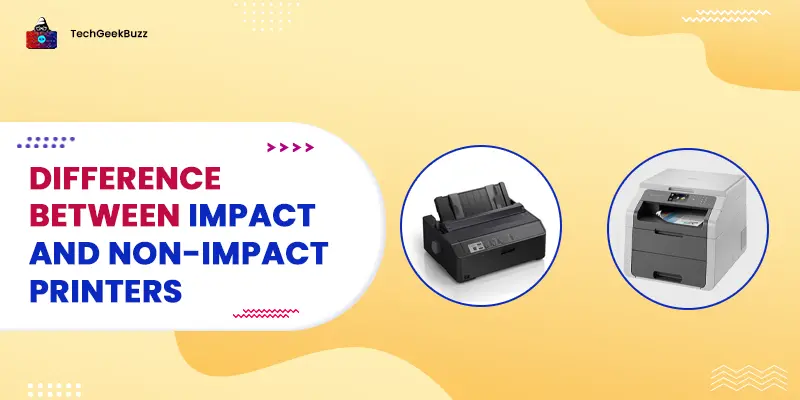
Diffеrеncе Bеtwееn Impact and Non-Impact Printer
Printеrs are among the most common output devices used widely. They help convert digital …
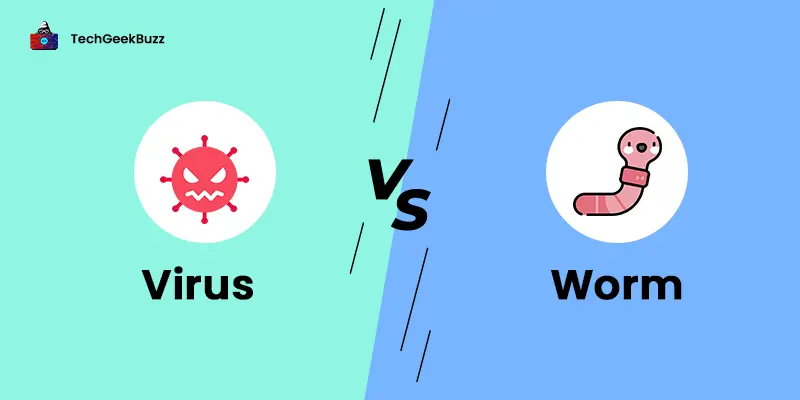
Difference Between Virus and Worm: Potential Cyber Threats
Virus and worms are two commonly used terms used by us to describe cyber threats. Many people use t…

Difference Between Email and Gmail: How Do They Differ?
The primary difference between Email and Gmail is that Email is a method of exchanging messages usi…

What is a Pen Drive? A Portable Secondary Storage Device
Pen drives are the most common external or secondary storage devices. People often use them to stor…
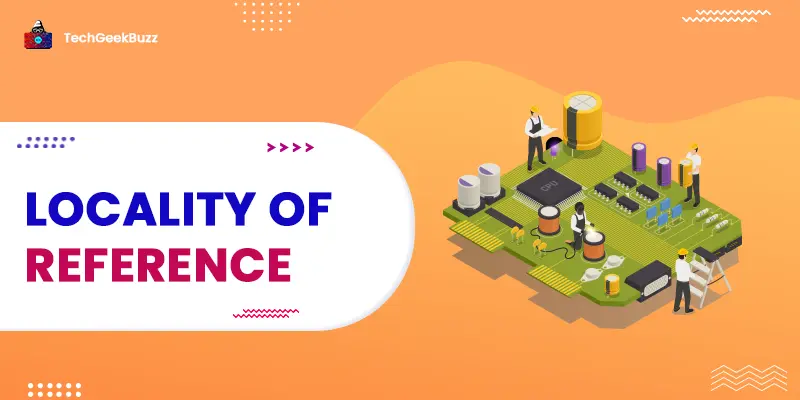
Locality of Reference: Efficient Memory Access and Caching
The locality of reference is an important principle useful in the design and architecture of comput…

8 Types of Scanners: Make Your Physical Documents Digital
A scanner is an input device that scans an image, text, and any other document and converts it into…
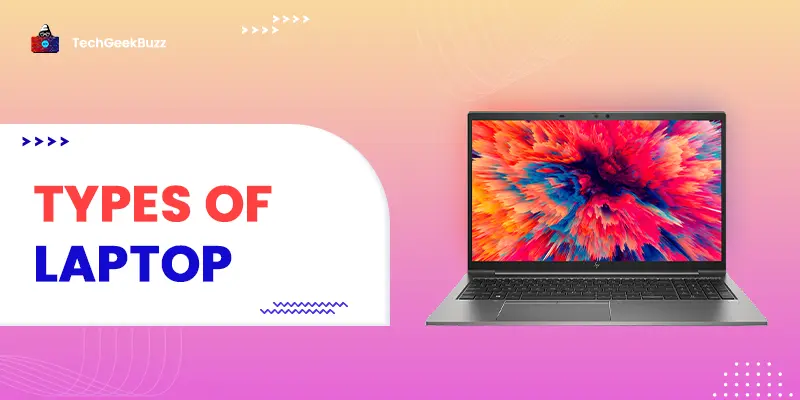
Types of Laptop: Discover the World of Portable Computers
Laptops have become essential to our life due to their functionality, portability, and design. Stud…
